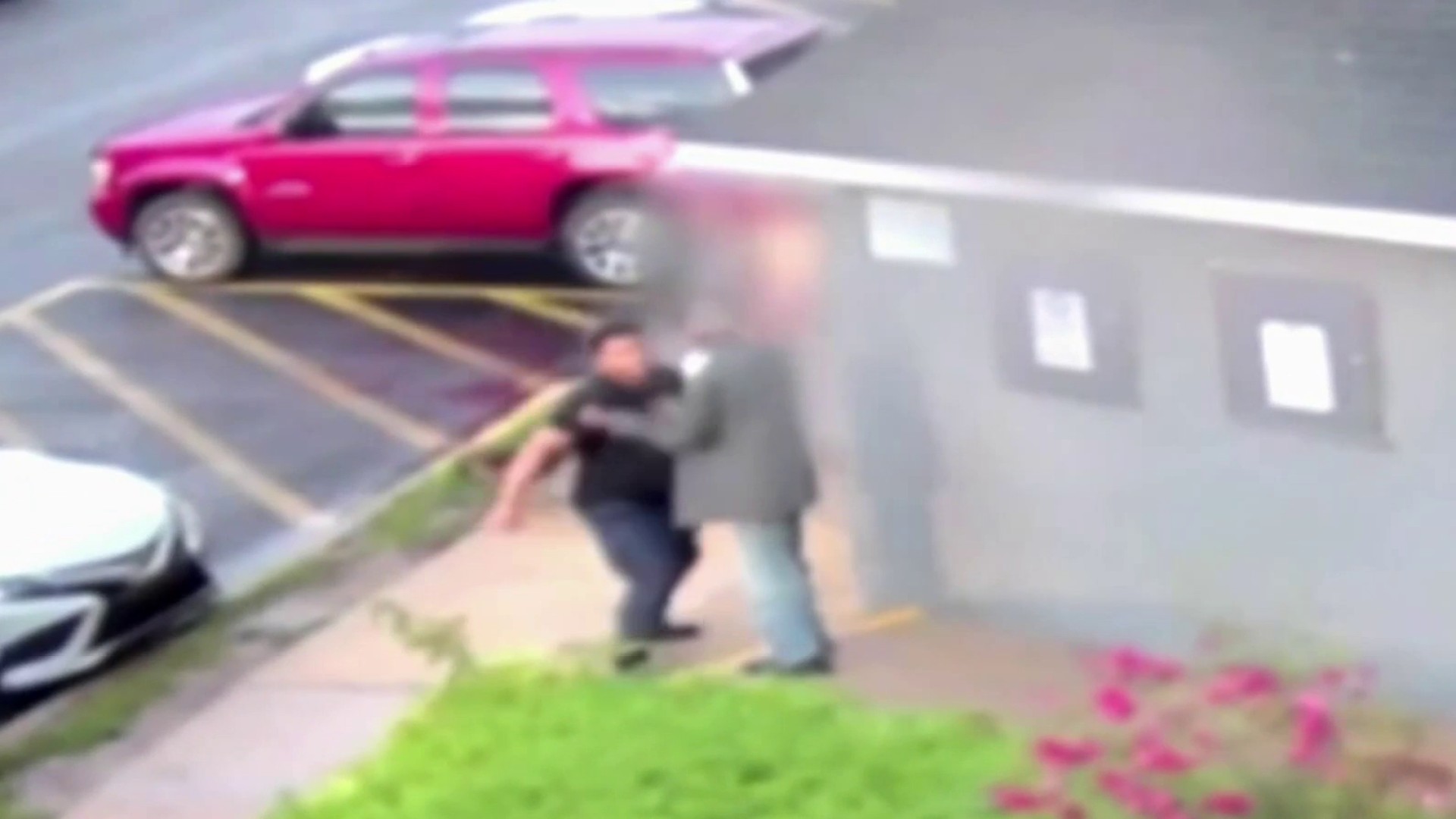Hagerstown, MD -- Klinker the dog is saving Maryland's bees. All by using her nose.
Running up and down rows of bee hives, the black Labrador retriever sits whenever she smells American foulbrood, a bacterial disease kills bee larvae and jumps quickly from one hive to the next.
If it's found early on, antibiotics can reduce the risk. Otherwise, the entire hive must be destroyed.
"When we go out, there's no guarantee we'll find anything," her handler William Troup said. "But she knows when we do."
Troup and Klinker travel regularly to Montgomery, Howard, Washington, Frederick and Carroll counties to aid beekeepers there in detection and prevention efforts, according to the Maryland Department of Agriculture. Troup and other state agriculture officials say their goal is to keep the number of infected hives under 10 across the state at any one time.
"If it were not for the honeybees, there would not be enough food on Planet Earth to support life as we know it," said Jerry Fischer, head of Maryland's Apiary Inspection Program.
Humans can maybe inspect 50 honeybee colonies in one workday. But Klinker, because of her training, can run up and down the rows of colonies, wagging her tail as she inspects 100 colonies in only 45 minutes.
Local
Washington, D.C., Maryland and Virginia local news, events and information
And she can catch what humans miss. In January, a human inspector missed a diseased colony, but the 18-month old found it on one of her first tries. "She can smell even a little bit," Troup said. "It's really amazing."
Maryland is the first state to use dogs for such a purpose and the program began in the 1970s. Maryland's also the only state which has a bee dog working full time, year round, to monitor more than 9,200 colonies.



